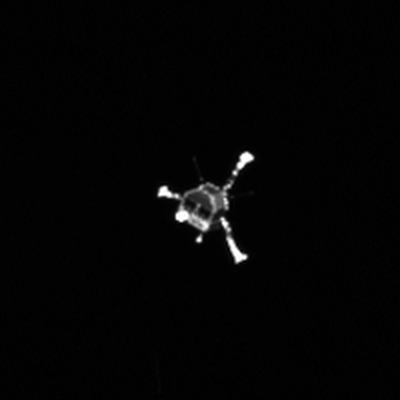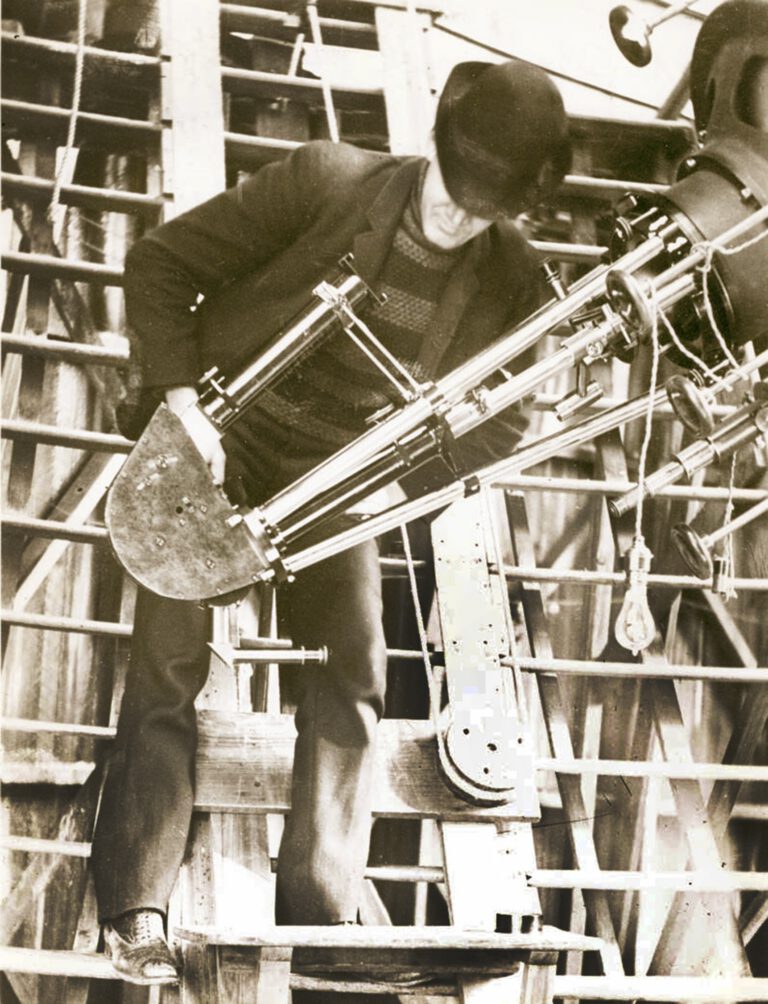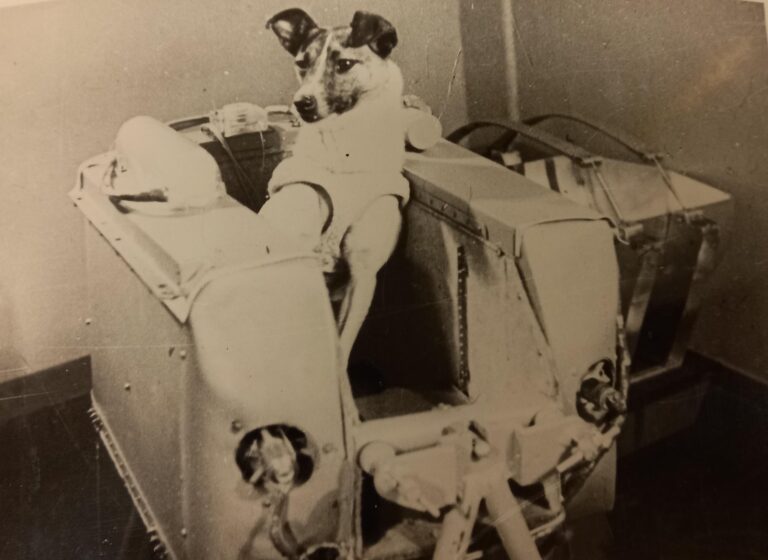
Key Takeaways:
- The European Space Agency's Rosetta mission, launched in 2004, successfully reached Comet 67P/Churyumov-Gerasimenko in 2014 with its orbiter and Philae lander, achieving the first-ever orbit of a comet and landing on its surface.
- Despite the Philae lander's deployment on November 12, 2014, its harpoon system failed, leading to an unanchored landing in a shadowed location that restricted solar power generation.
- Operating on limited battery power for three days, Philae successfully transmitted images and data regarding the comet's dust composition and magnetic field, confirming the absence of a magnetic field.
- Concurrently, the Rosetta orbiter provided critical data on water and oxygen within the comet's tail, advancing scientific understanding of such comets' intrinsic makeup.
The European Space Agency’s Rosetta mission launched March 2, 2004, on a 4-billion-mile (6.4 billion kilometers) path to Comet 67P/Churyumov-Gerasimenko. The mission consisted of the Rosetta orbiter and the Philae lander, both designed for in-depth study of the comet. The spacecraft arrived at 67P/C-G on Aug. 6, 2014, and began orbiting the body a month later; on Nov. 12, 2014, the Philae lander descended to the comet surface. Both the spacecraft orbiting a comet and the landing on the comet’s surface were firsts in space exploration history.
Unfortunately, there were some complications with the landing: the harpoon system that was designed to hold the lander in place didn’t work, causing Philae to bounce and to float and drift above the surface. When it finally came to rest, it was in a shadowy location now known as Abydos, limiting to the sunlight its solar panels received.
Despite these challenges, Philae was able to operate for three days on battery power, and still sent back photos and data about the composition of the comet’s dust and its analysis of the body’s magnetism. (In short, the comet didn’t have a magnetic field.) Additionally, the orbiter transmitted data about water and oxygen in the tail that led to new understanding of such comets’ makeup.









